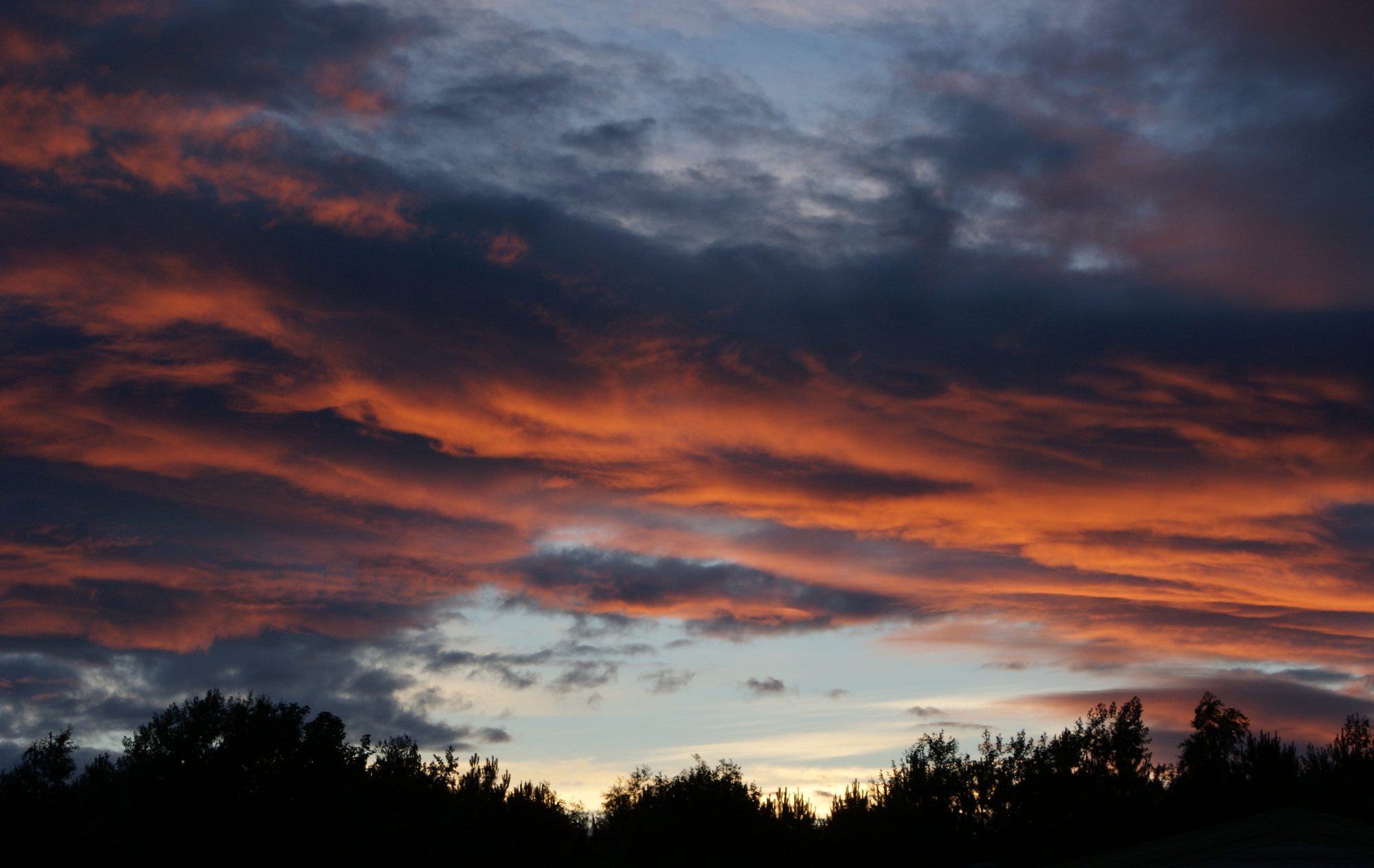The Scouts are currently looking at various criteria for camping to gain their Outdoor Challenge or Outdoor Challenge Plus badges. One of the areas they are looking at is there various types of stoves available. Last night they tried a Trangia, a Coleman stove, a couple of portable gas stoves and an old Primus stove. Once all were lit, we boiled some water on each to see which was the quickest. The oldest, the Primus, narrowly won!
It was a bit of a job getting the Primus stove to light as it was quite windy. For those of you who have never had the pleasure of using a Primus, paraffin stove, here is how it works and how it is lit, courtesy of the Base Camp web site
On pressurising the fuel tank, Paraffin, (kerosene), is forced from the fuel tank through the rising tube. The burner tubes are pre-heated by methylated spirit, (alcohol), in the spirit cup below the burner.
When sufficiently heated a fine spray of hot paraffin gas leaves through a jet at the centre of the burner, air mixes with the gas and the mixture hits the burner plate where the flame ring directs the gas into a circle. Here the gas burns with the characteristic sound that gives this style of burner the name ‘Roarer’.Lighting procedure for a Paraffin stove is as follows:-
1) Make sure the air screw is loose to release any existing pressure.
2) Unscrew filler cap and ensure there is sufficient paraffin,(kerosene), in the tank, approx. 3/4 full, replace cap.
3) Fill the preheater cup with methylated spirit, (alcohol) and light. Ensure stove is sheltered from the wind or fit the windshield.
4) LEAVE THE STOVE ALONE!!, don’t fiddle!, when the spirit is almost burned out close the air screw and give a few strokes on the pump, the stove should light at the top of the burner. Have a match or lighter ready in case the stove does not light immediately.
5) Should the flame burn unevenly around the burner the jet may be blocked.Wire cleaning needles or ‘prickers’ are used to reach into the flame and clean the jet. Use the correct diameter ‘pricker’ for the stove, 0.2mm – 0.3mm, bent pieces of wire etc. will damage the fine jet.
6) If the stove flares release the pressure by opening the air screw and allow to burn down. Before re-lighting the stove always loosen the air screw to release any pressure present.
7) To adjust the height of the flame at the burner loosen the air screw gradually, this releases some pressure and the flame will go down. To increase the flame again increase pressure by gentle pumping, do not over-pump or the tank can be damaged.
With practice it will take less time to light your stove than read these instructions!
Phew! It is a bit more awkward to light one of these than a modern gas stove, but once they are going they are great!
However, they are extremely robust and last forever! Similarly, when camping we use Tilley type lamps to light us up at night. Again, they are a little more effort to get going but are worth while.
In fact our lamps are ex MOD ones which were bought ‘as new’ and they were made in the 1950’s. The stoves are all well over 40 years old and all still work. I’m going to have to bring the lamps home soon to give them a bit of an overhaul and some TLC, same with the stoves, but they will continue to work for many years to come. Built to last!

![05052009448 [1024x768] 05052009448 [1024x768]](https://blog.nawbus.co.uk/wp-content/uploads/2009/05/050520094481024x768-thumb.jpg)
![05052009464 [1024x768] 05052009464 [1024x768]](https://blog.nawbus.co.uk/wp-content/uploads/2009/05/050520094641024x768-thumb.jpg)
Heh – primus stoves really do kick out a *lot* of heat. Not great for gently-fried eggs but splendid for a dixie/billy of washing-up water. I do the “hand test” when demonstrating stoves – bring the hand down over the stove from high up until it feels ‘hot’. Do the same with the other hand over a different type of stove. The higher hand indicates the hotter stove. Obvious, yes. Simple, yes. Memorable? Very!
They’re not great for drying kit though – years ago, a scout ended up with wet uniform towards the end of a camp and dried it by hanging it well above two roaring primuses. Result? Every window in the minibus wide open to avoid the paraffin stench of the warm-but-damp uniform. Ah, happy days…